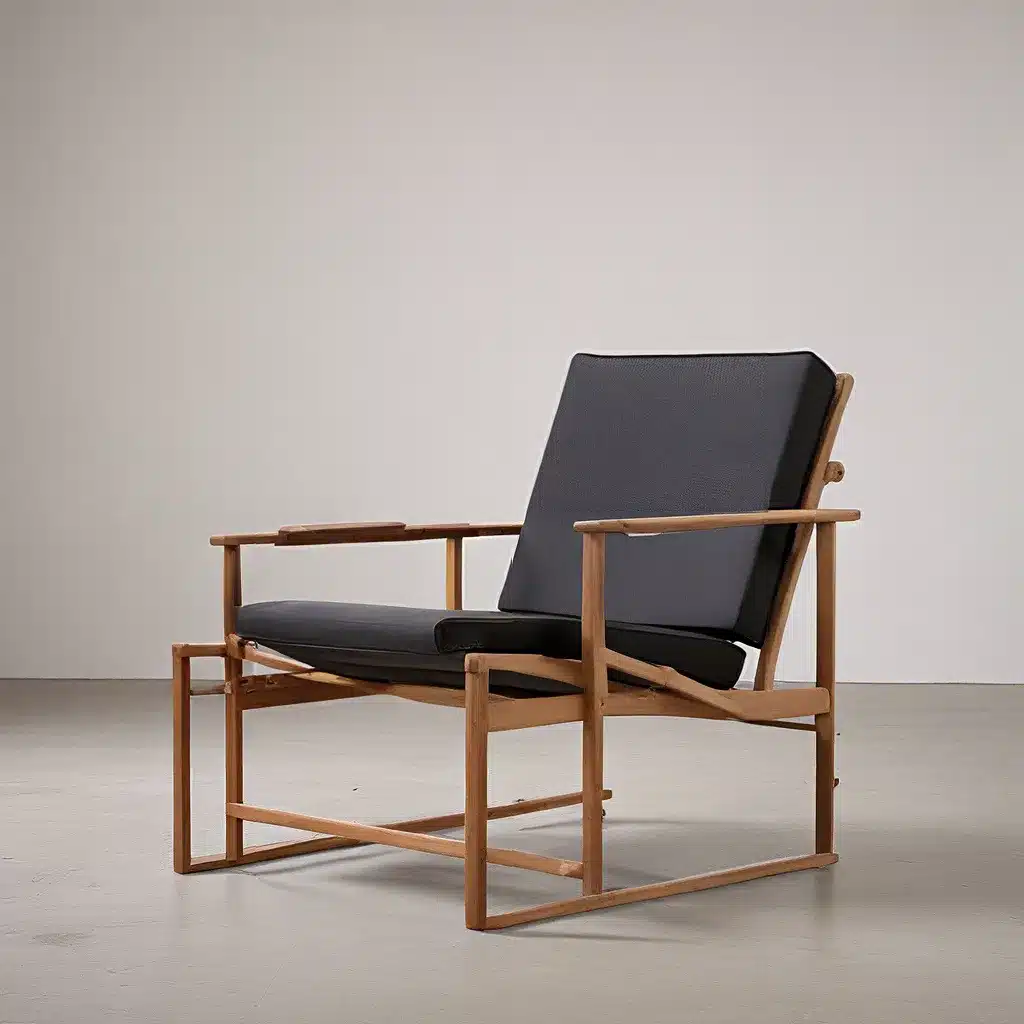
The Rise of a Design Revolution
Ah, the Bauhaus – that legendary German art school that left an indelible mark on the world of design. It’s like the design equivalent of a rock star, you know? Just mention the word “Bauhaus” and you can almost smell the creativity in the air.
But let me tell you, the Bauhaus was more than just a school. It was a movement, a revolution, that turned the design world on its head. And at the heart of this design renaissance was a little place called Weimar, where in 1919, a visionary named Walter Gropius decided to bring together artists, craftsmen, and architects under one roof.
According to the Metropolitan Museum of Art, Gropius had this radical idea of unifying all the arts – painting, sculpture, and architecture – into a single “comprehensive artwork.” Can you imagine the audacity? It was like trying to herd a bunch of creative cats and get them to work in harmony.
But Gropius was determined, and he assembled a dream team of instructors, including the likes of Paul Klee, Wassily Kandinsky, and Josef Albers. These were titans of the art world, and they were tasked with teaching students everything from color theory to metalworking to pottery. It was a veritable design bootcamp, and the results were nothing short of revolutionary.
Designing the Future, One Piece at a Time
One of the most fascinating aspects of the Bauhaus was its approach to furniture design. The cabinetmaking workshop, led by the legendary Marcel Breuer, was a hotbed of innovation. Breuer, a brilliant Hungarian designer, had this radical idea of “dematerializing” conventional furniture forms, stripping them down to their bare essentials.
Inspired by the tubular steel of his beloved bicycle, Breuer started experimenting with metal furniture, creating lightweight, mass-producible chairs that challenged the very notion of what a chair could be. As the Italian Design Club notes, Breuer’s iconic Wassily Chair, with its sleek, industrial aesthetic, became a hallmark of the Bauhaus style.
But Breuer wasn’t the only one pushing the boundaries of furniture design. Over in the textile workshop, Gunta Stölzl was weaving her own kind of magic. She encouraged her students to experiment with unconventional materials like cellophane, fiberglass, and even metal, creating bold, abstract textiles that would become an integral part of the Bauhaus aesthetic.
And let’s not forget about the metalworking studio, where designers like Marianne Brandt and Wilhelm Wagenfeld were creating beautiful, functional objects that blurred the line between art and industry. Brandt’s sculptural, geometric teapot, for example, was a masterpiece of form and function, with its sleek silhouette and heat-resistant ebony handle.
A School Ahead of Its Time
The Bauhaus was more than just a school – it was a laboratory for the future. According to Wikipedia, the school’s core objective was a “radical concept to reimagine the material world to reflect the unity of all the arts.” And they certainly succeeded in that lofty goal.
But the Bauhaus was also a product of its time, shaped by the cultural and political currents of 20th-century Germany. After the tumultuous years of World War I and the establishment of the Weimar Republic, there was a renewed sense of liberalism and experimentation in the arts. And Gropius and his team were quick to capitalize on that.
Yet, the Bauhaus was not without its challenges. Political pressure from a increasingly right-wing government in Weimar forced the school to relocate to Dessau in 1925, where Gropius designed the iconic Bauhaus building, a modernist masterpiece that became a symbol of the school’s aesthetic.
And when Hannes Meyer took over as director in 1928, he shifted the focus even further towards functionality and mass production, much to the chagrin of some of the more aesthetically-minded faculty. It was a constant balancing act, between art and industry, between form and function.
A Legacy That Lives On
Despite its relatively short lifespan – the school closed its doors in 1933, under pressure from the Nazi regime – the impact of the Bauhaus can still be felt today. Unfinished Furniture, for example, is a company that has embraced the Bauhaus spirit, creating beautiful, functional furniture that seamlessly blends traditional craftsmanship with modern design.
And it’s not just in the world of furniture that the Bauhaus legacy lives on. The school’s influence can be seen in everything from architecture and graphic design to typography and even urban planning. It’s a testament to the enduring power of the Bauhaus’ vision, a vision that continues to inspire and shape the way we think about design.
So, the next time you admire a sleek, minimalist chair or a boldly-patterned textile, give a tip of the hat to the Bauhaus. After all, without that little school in Weimar, the design world might look a lot different. And who knows, maybe you’ll even be inspired to create your own Bauhaus-inspired masterpiece. After all, the spirit of the Bauhaus is alive and well, waiting to be unleashed.








